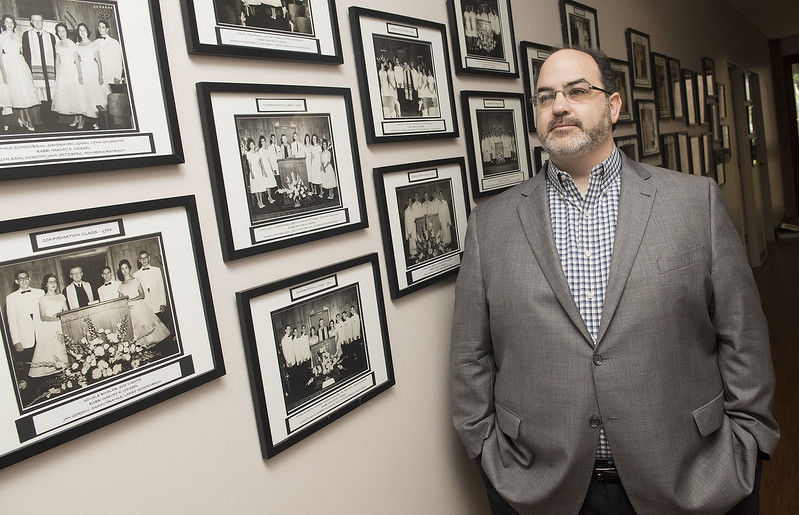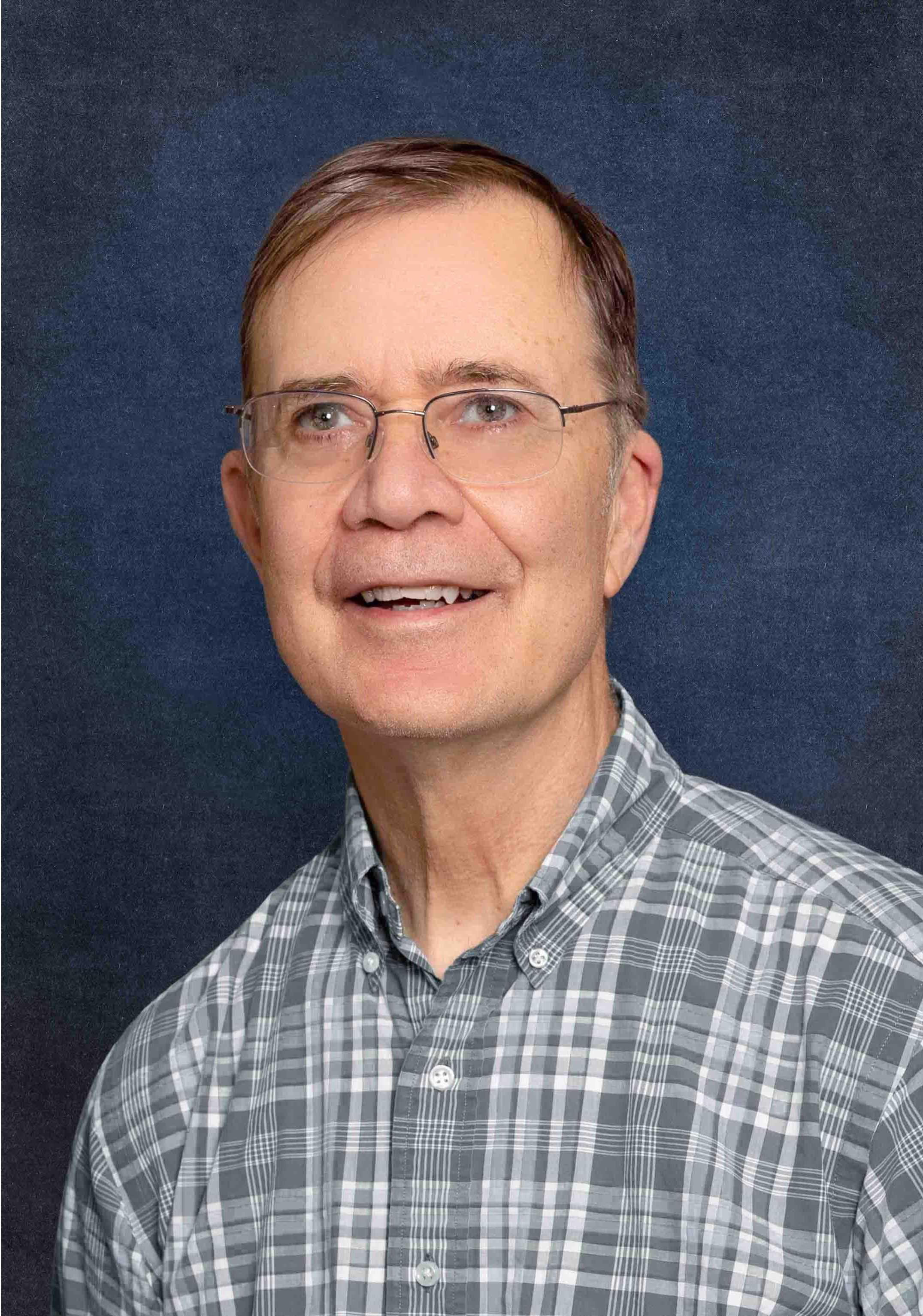Temple Beth El celebrates 130 years as a Jewish congregation in Tyler
Published 12:43 am Saturday, April 22, 2017

- Rabbi Neal Katz stands by historical photos from Temple Beth El. Temple Beth El is celebrating its 130th anniversary. (Sarah A. Miller/Tyler Morning Telegraph)
The oldest Jewish congregation in Smith County and a member of the Reform Movement in Judaism, Temple Beth El in Tyler has been a vocal and vibrant part of the religious landscape of East Texas for 130 years.
Besides being active in the temple, members also have been involved in Tyler politics, business, medicine, legal, education, interfaith and financial arenas as well as nonprofit organizations such as Tyler Day Nursery, PATH, East Texas Food Bank, Hospice of East Texas and Smith County Bar Association. The congregation has produced two mayors and a city council member.
Trending
“We pride ourselves on civic involvement,” Rabbi Neal Katz said.
Katz observed that Temple Beth El has “always been a relatively small congregation.”
It started with 53 families when it was chartered on April 7, 1887, and today there are 65.
Meanwhile as the Jewish community dwindles in rural areas across the South, other Jewish congregations in East Texas have folded in Kilgore, Palestine, Texarkana and Marshall. The only Jewish congregations left in East Texas are in Tyler and Longview.
Katz largely attributes Temple Beth El’s stability to the growth of the medical, business and academic sectors in Tyler, which attract Jewish people to move in.
“As long as Tyler continues to grow, there will be Jews that move here,” Katz predicted. “Tyler has been very open and welcoming of the Jewish community, and we (Temple Beth El members) historically are a very open and welcoming congregation to people coming in.”
Trending
Temple Beth El celebrated its 130th anniversary during a regular Sabbath worship service on Friday. The service was to feature a sermon, a historical video, special greetings and the reading of congratulatory notes about the anniversary from former rabbis and from other clergy in Tyler, followed by fellowship.
It served as a time “to appreciate where we’ve come from and lay out a plan for the next 130 years,” Katz said.
Services were first held at the Odd Fellows Hall on the Square, states a history of the congregation. The first temple was built on a lot at the corner of College and University streets and dedicated in 1889.
There was already a Beth El congregation in Corsicana and its temple had onion domes.
“Not only did we take their name, we took their onion dome,” Katz said as he looked at a picture of the first facility for Temple Beth El in Tyler.
Tyler’s Temple Beth El has had four different buildings throughout its history. For about 50 years, it was located at Augusta Avenue and Shaw Street in the Azalea District. The congregation moved in about 1990 to its present location at 1010 Charleston Drive. The heart of the building is the sanctuary, where the sacred Torah scrolls are kept. Temple Beth El has four, including one the Nazis took from a Czech temple.
In addition to space for worship on Fridays, Temple Beth El has a social hall and space for education, including a small religious school for kindergarten through 12th grades from 10:30 a.m. to 12:30 p.m. Sundays and an adult study group from 11 a.m. to 1 p.m. Saturdays.
In recent years, the temple has increasingly hosted community events, such as an art auction, quiz night and occasional concerts and speakers.
For 13 years, Temple Beth El was led by lay people in the community and occasionally would hire an itinerant rabbi. Conservative and liberal factions were housed under one roof.
There was an amiable break off by a conservative group, which formed another Jewish temple, Katz said, giving Tyler two Jewish congregations still in existence today.
The congregational split enabled Temple Beth El to hire a reform rabbi and to become part of the reform movement in 1907 by joining the Union of American Hebrew Congregations, which today is called the Union for Reform Judaism. Reform Jewish congregations have musical instrumentation for the Sabbath worship service, women rabbis and mixed seating of men and women.
Temple Beth El has had eight full-time rabbis, the first being Maurice Faber for 34 years, who was hired in 1900. Rabbi David Alpert succeeded Faber for two years and Rabbi Harvey Wessel then came on board for 33 years, serving from 1937 to 1970.
He is the past rabbi that the Tyler community remembers most and is a looming presence to this day even though he died in 1983, Katz said. Rabbi Eugene H. Levy, who served from 1975 to 1987, was involved in the creation of a lot of nonprofit organizations in Tyler.
Other rabbis who have served Temple Beth El are Stephen Weisberg for a year, Stephen Gold from 1989 to 1998 and Katz, who is in his 14th year.
Katz often speaks in the community and works in Jewish, Christian and Muslim interfaith activities.






